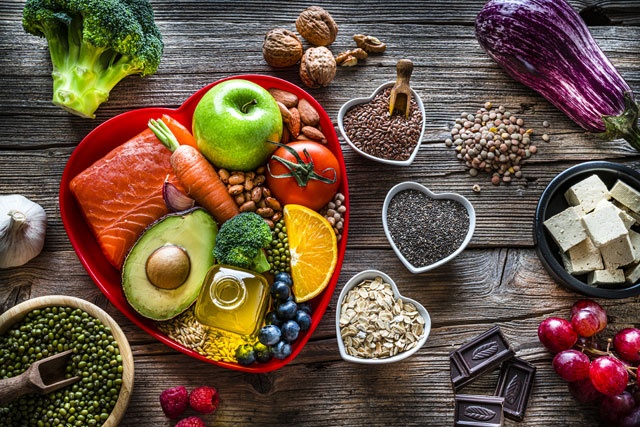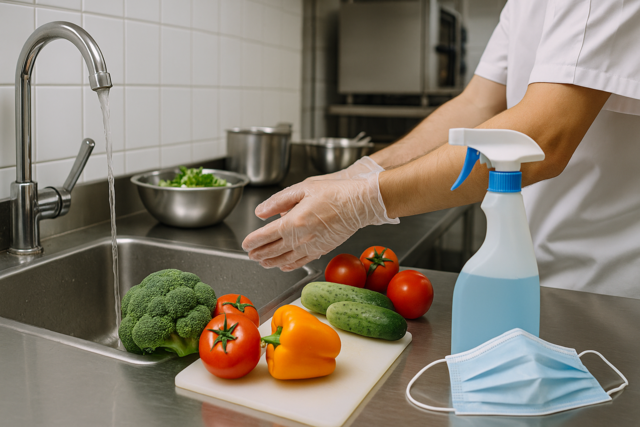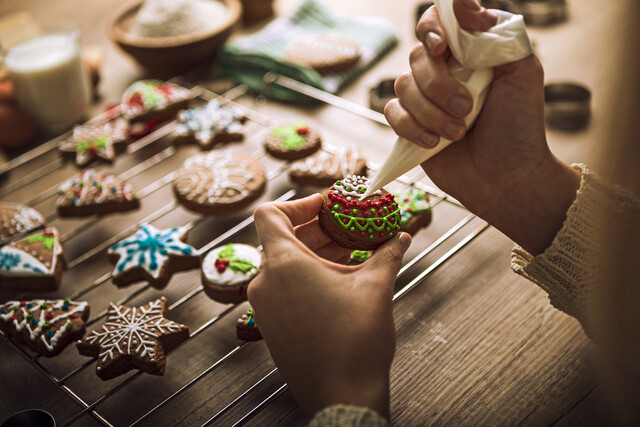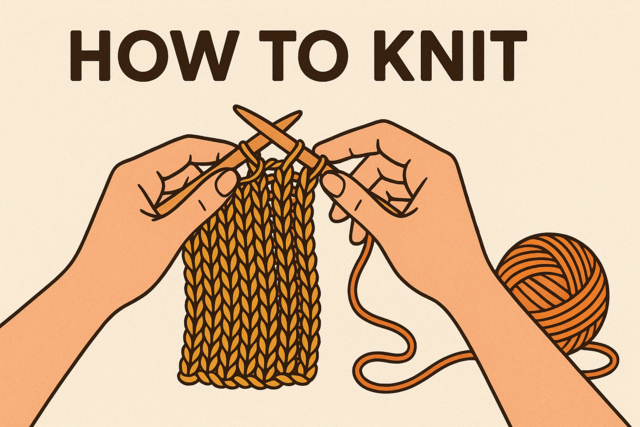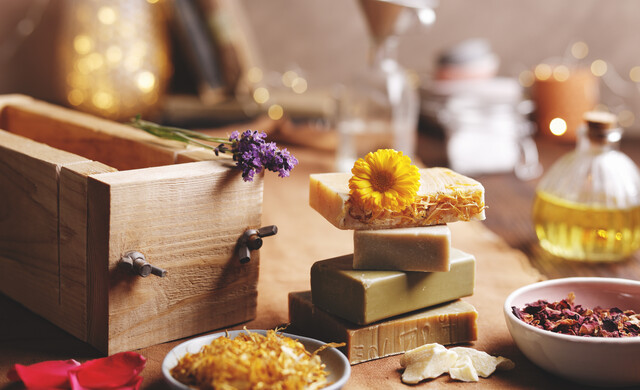If you are like most Americans, you have never even come close to canning or preserving. In recent decades it has become a bit rare for people to take part in this age-old process. Tell someone that you are going to spend the weekend canning some fruits and vegetables and you will probably get a few raised eyebrows. But if you could peer into a looking glass at the things your ancestors did just decades ago, you would see that canning and preserving played a big role in the food system.
With modern technology, people canning and preserving their own food largely fell by the wayside. Once used as a means to preserve food that you could later enjoy throughout the year, modern transportation has made it possible to walk into a grocery store just about anywhere in the country and get just about any type of produce in the middle of January! This was simply unheard of decades ago.
How We Got Here
At one time, and not so long ago, people ate according to what was in season and readily available at the market, from their garden, or from a local source. When transportation systems began making it simple to transport produce around the world during any given month, people no longer felt they needed to preserve their summer stock. Instead, they would simply go to the grocery store and buy their blueberries flown in from Chile in December.
While we have been busy flying in and purchasing food from around the world, we have lost sight of something that is part of our tradition. Most of us have left canning and preserving behind, not knowing the smallest thing about how to go about doing it, or why we even should care to. But as with most things, what is old is new again, and canning and preserving is now increasing in popularity.
Benefits of Canning and Preserving
In the last couple of years there has been a vast increase in the number of people who have become interested in having their own gardens, as well as canning and preserving, which often go hand-in-hand. Some of the reasons why so many people have taken an interest in returning to their canning and preserving heritage include:
-
Environmental. Many people have learned about the environmental damaged caused by flying out of season produce from around the world. Flying berries thousands of miles, for example, creates a big environmental footprint because of all the fuel and resources that are used. The "food odometer," or "food miles," as many people refer to it, has become an important issue for many people. If you can preserve locally grown food for later use, it just makes sense to do so. Often times the food today is more well-traveled than the person about to eat it.
-
Localism. There has been a return to eating locally in the last couple of years. Locavores, as they are now referred to, are those people who try to eat all foods that have been grown or produced within 100 miles of their home. There are several reasons for doing this, including that it is better for the environment, it supports local farmers, and because the food is more nutritious. While food is flying thousands of miles to hit the store shelves, it is losing nutritional value all along the way. If you can grow your own food or purchase from farmers in your area, the food will have a better chance of retaining its nutritional value by the time you are able to get it.
-
Tradition. There are many people that turn to canning and preserving as a way to keep some of their family traditions intact. For example, even though they know they could easily go buy jam at the grocery store, there is a sense of tradition and pride that comes from creating and preserving your own. It's a tradition that many people want to learn, preserve, and pass on to future generations.
-
Freshness. Again, when you get foods from the produce section at the grocery store, there is a good chance they have come from around the world. Because of this, the freshness is not always ideal. Canning and preserving allows you to take your food while at its peak of freshness and save it for later use.
-
Health. Throughout the year, you can get a vast array of canned goods at the grocery store at any time. Problem is, you have no control over the amount of sodium in them, or the bisphenol A (BPA), which has been used in the can lining. Typical canned goods at the store rely heavily on using salt to preserve the food and flavor, which can lead to an over-consumption of salt that may be associated with health problems. BPA is a chemical used in the lining of most canned goods. It leaches into the foods that are in the can. It has been linked to health problems such as cancer, developmental issues, and early puberty. Canning and preserving your own foods will produce healthier options, as you can control the amount of sodium and keep out the BPA.
-
Economics. With the economy leaving many people to struggle in recent years, it has also helped create a renewed interest in canning and preserving ones own food. Produce in the stores is not always affordable for many people. This is especially true of those things that are typically considered out of season and only available because they have been brought in from another country. Money can be saved by canning and preserving foods when they are in season, and then using them later in the year when they are not. Some people are drawn to canning and preserving simply because it makes good economic sense.
Choosing Canning and Preserving
For whatever reason, you have chosen to learn more about canning and preserving. Good for you! As you have just learned, there are some great reasons to do so, some of which you may not have been familiar with yet. Canning and preserving is a process that is easier than you probably think, especially after you get the process down. And you will be glad you did! Not only will you be proud of the work you put in to do it, but you will also reap the host of other benefits already discussed.
Sit back, relax and learn about a process that your ancestors used for years. Turns out, our technology hasn't been so good for all areas of modern food production. They were really on to something big!
Did you know?
Many farmers are no more! With food being flown in from around the world and trucked across state lines, many farmers have folded up shop all together. In a 2008 report by the National Sustainable Agriculture Information Service, it is estimated that in the U.S., processed foods travel an average of 1,300 miles, and produce travels more than 1,500 miles before it is finally consumed. They also report that since 1979, about 300,000 farmers have gone out of business. For example, during 1870, Iowa produced 100 percent of the apples consumed in that state. By 1999, only about 15 percent of apples consumed in Iowa were grown there.
Getting Started in Canning and Preserving
At this point you now have a really good idea of why so many people are returning to the custom of canning and preserving. You may have come already knowing a lot of those reasons. Now it is time to turn our attention to how we can go about getting started with canning and preserving. In this section we will look at how to get started, deciding what you will can and preserve, learning the tools of the trade, and even safe cleaning practices.
Ways to Preserve Foods
The first thing you need to do in getting started is to determine what type of canning and preserving you would like to do. There are different ways that you can preserve foods. You can pickle, freeze, dry, and can. Let's take a quick look at each of these areas and see what can be done with them. Each of these methods offer a chance to preserve foods; you just need to determine which will work best in your situation.
-
Canning is system of processing foods at extremely high temperatures and storing it in jars. Through this process, all microorganisms and inactive enzymes that could cause food to spoil are destroyed. The vacuum seal on the jars keeps air out of the jar, preventing contamination. Canning can include both raw packing and hot packing. Raw packing is for those foods that were put into the jars uncooked, while hot packing are those foods that were first cooked before being put into the jars.
-
Pickling is a process that is usually used for preserving such foods as fruit and vegetables, chutney, relish, sauerkraut, pickles, and some low-sodium recipes.
-
Jams and jellies are usually the route taken to making and preserving jellies, jams, preserves, butters, honeys, and fruit syrups.
-
Freezing works well for fruits, vegetables, meats, poultry, seafood, nuts, and prepared foods. One thing you need to keep in mind with freezing is what you will do if there is a power outage and you have a lot of food being preserved through the freezing method.
-
Drying is a preserving process that can be used for fruits, vegetables, herbs, seeds, nuts, fruit leathers, and jerky.
-
Smoking is another process that is often used to preserve fish, poultry, and meat. Sometimes people also smoke nuts.
Beginner's Success
If you are new to the canning and preserving process, the best thing you can do is to choose a method to master first. You may feel overwhelmed if you try to take on juggling several different types of preserving at once. Instead, pick the one that interests you the most and learn it completely! Many of those same skills will be carried over into the next method that you take on. Choose what you want to preserve and start out small. Doing a small batch of something will give you a chance to test the method, without feeling the pressure of having a lot of food sitting there in front of you. The more you take your time, the more you will become an expert at this!
Deciding What to Can and Preserve
You may already have a good idea of what you would like to can or preserve. Great! But there may even be some things that you haven't thought of. You may end up finding a few extra foods to add to your list for this season!
You can preserve just about any kind of food, but some of the most common ones using various methods include:
|
Canned Fruits / Vegetables |
Dried Fruits / Vegetables |
Frozen Fruit / Vegetables |
|
Apples Apricots Nectarines Peaches Blueberries Pears Raspberries Tomatoes Asparagus Beans Beets Bell peppers Carrots Corn Greens Onions Peas Potatoes Squash |
Apples Apricots Bananas Blueberries Cherries Grapes Peaches Pears Pineapple Plums Strawberries Tomatoes Beans Beets Cabbage Carrots Onions Peas Sweet peppers Potatoes Zucchini |
Apples Blueberries Mangoes Peaches Pineapple Strawberries Bell peppers Broccoli Brussels sprouts Carrots Greens Okra Corn Peas Squash |
Understanding the Role of Acidity
Tools of the Trade
Water Bath Canners and Pressure Canners � Most people have one or the other, so you will want to determine which one is ideal for what you want to preserve. You can get them in different styles that hold all sizes of jars. The pressure canner is ideal for low-acid foods.
Dehydrators are great for dehydrating fruits, herbs, etc. If you look at your local thrift stores, you may even find dehydrators there. Sometimes people purchase them thinking they are going to use them, don't, and then later donate them, which is great for you!
Canning jars, extra bands, and jar lids will be necessary if you plan to do any canning. They come in various sizes, so choose the one that suits your needs, or have a variety on hand. Each time you use them you will need to replace the sealing lids, as they cannot be re-used.
Canning utensils can be purchased in a set, which will give you everything you need. The tools you will use include a jar funnel, jar lifter, lid lifter, and bubble remover and headspace tool.
Other tools that people may consider, depending on the type of preserving they are doing, include a timer, a vacuum sealer or containers for freezing, a food processor for chopping, an apple corer and peeler, and stackable cooling racks.



